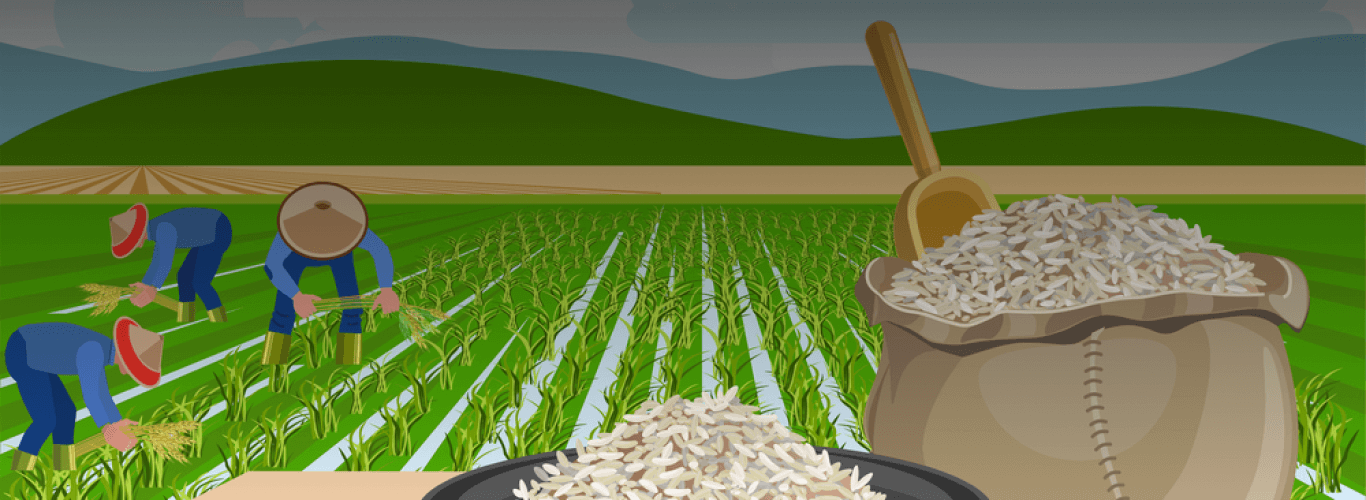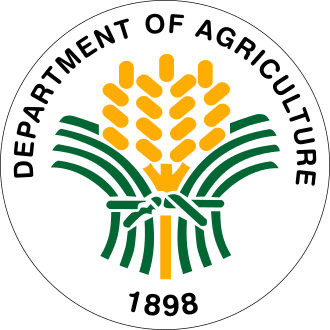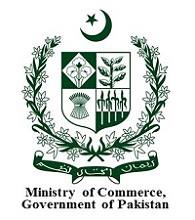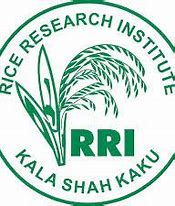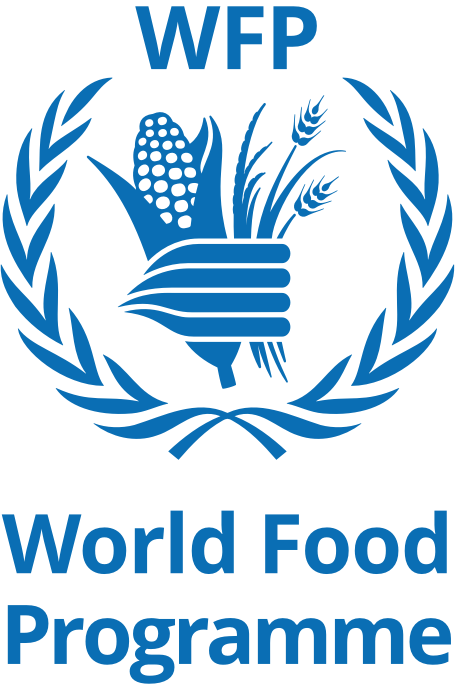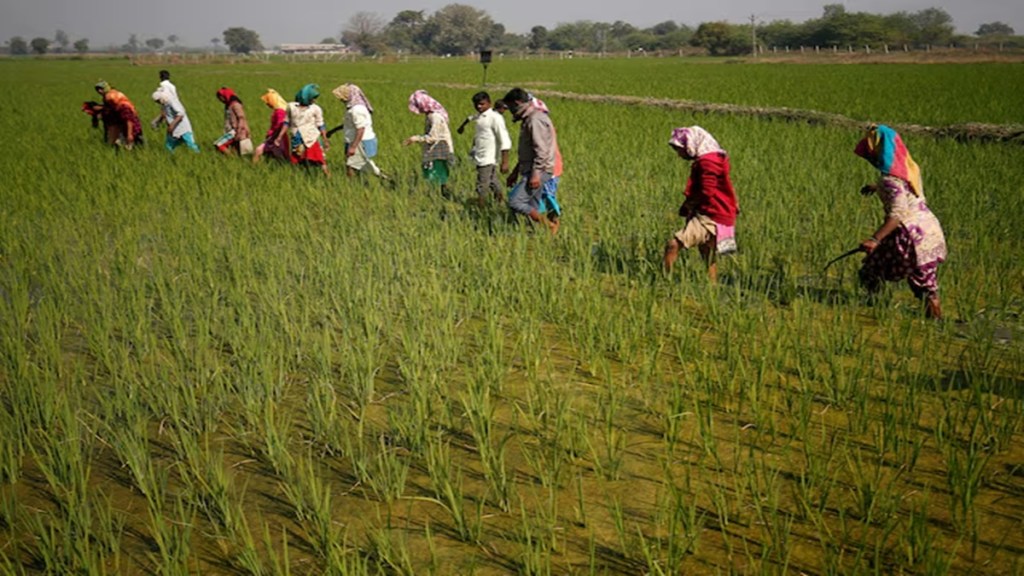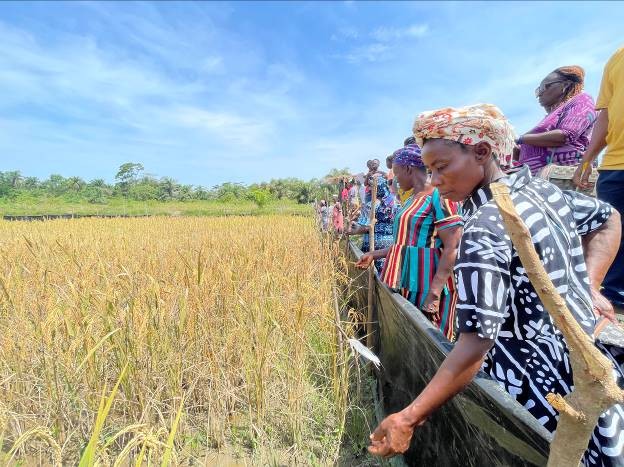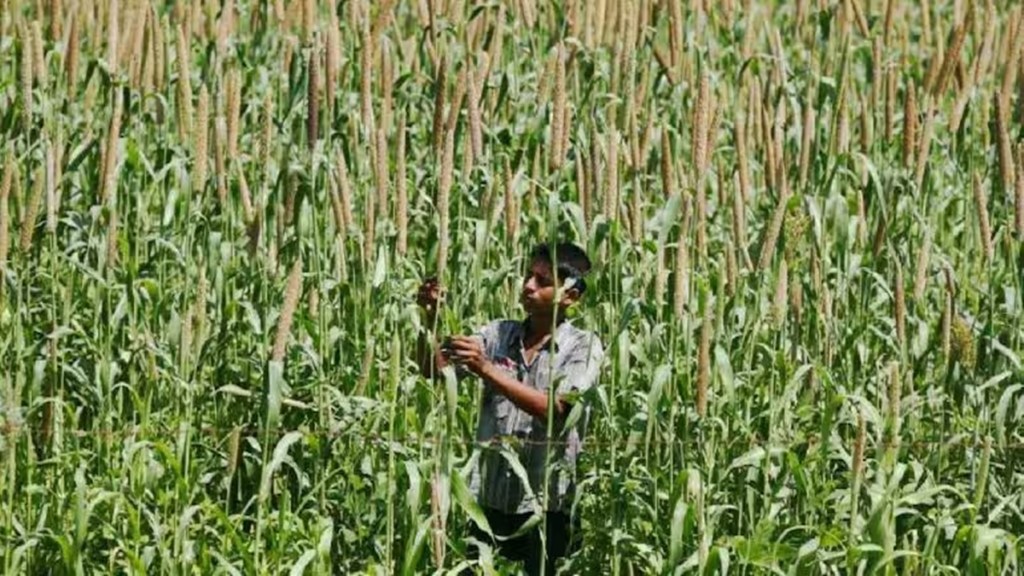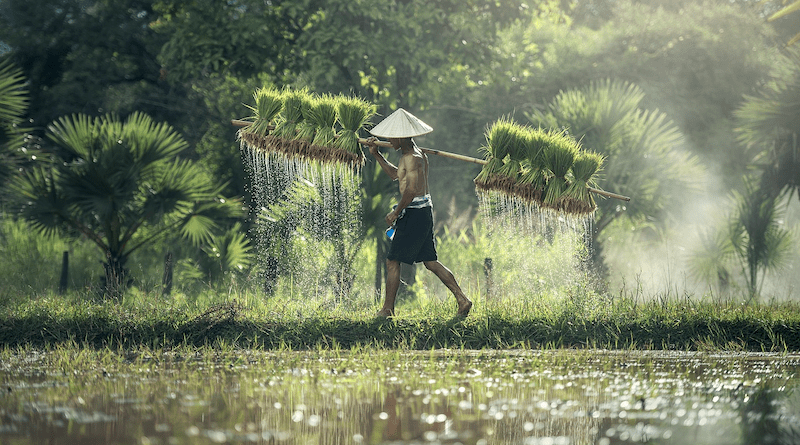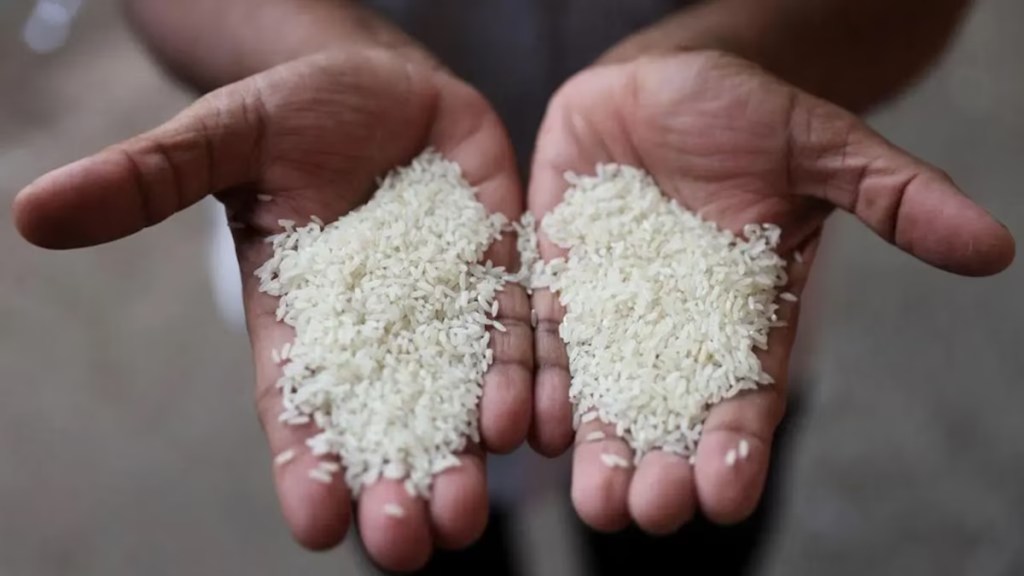Weekly Rice Market
(Indicative Quotes)
Basmati Rice
Basmati Rice | Indicative Quotes | Updated Weekly
Global Market | White Rice
White Rice | Indicative Quotes | Updated Weekly
| Origin | Type of Rice | Variety Name | Broken | Price | Change | High | Low |
|---|---|---|---|---|---|---|---|
| India | Milled White Rice | Long Grain | 5% | $383 | +1 | $496 | $380 |
| Pakistan | Milled White Rice | Long Grain | 5% | $391 | 0 | $640 | $381 |
| Pakistan | Milled White Rice | Long Grain | 5% | $590 | 0 | $613 | $488 |
| Thailand | Milled White Rice | Long Grain | 5% | $428 | +8 | $669 | $399 |
| Thailand | Milled White Rice | Long Grain | 5% | $596 | +8 | $659 | $469 |
| U.S | Milled White Rice | Long Grain | 4% | $677 | 0 | $818 | $677 |
| U.S | Milled White Rice | Long Grain | 4% | $798 | 0 | $798 | $708 |
| Vietnam | Milled White Rice | Long Grain | 5% | $399 | 0 | $657 | $396 |
| Vietnam | Milled White Rice | Long Grain | 5% | $579 | 0 | $667 | $445 |
News
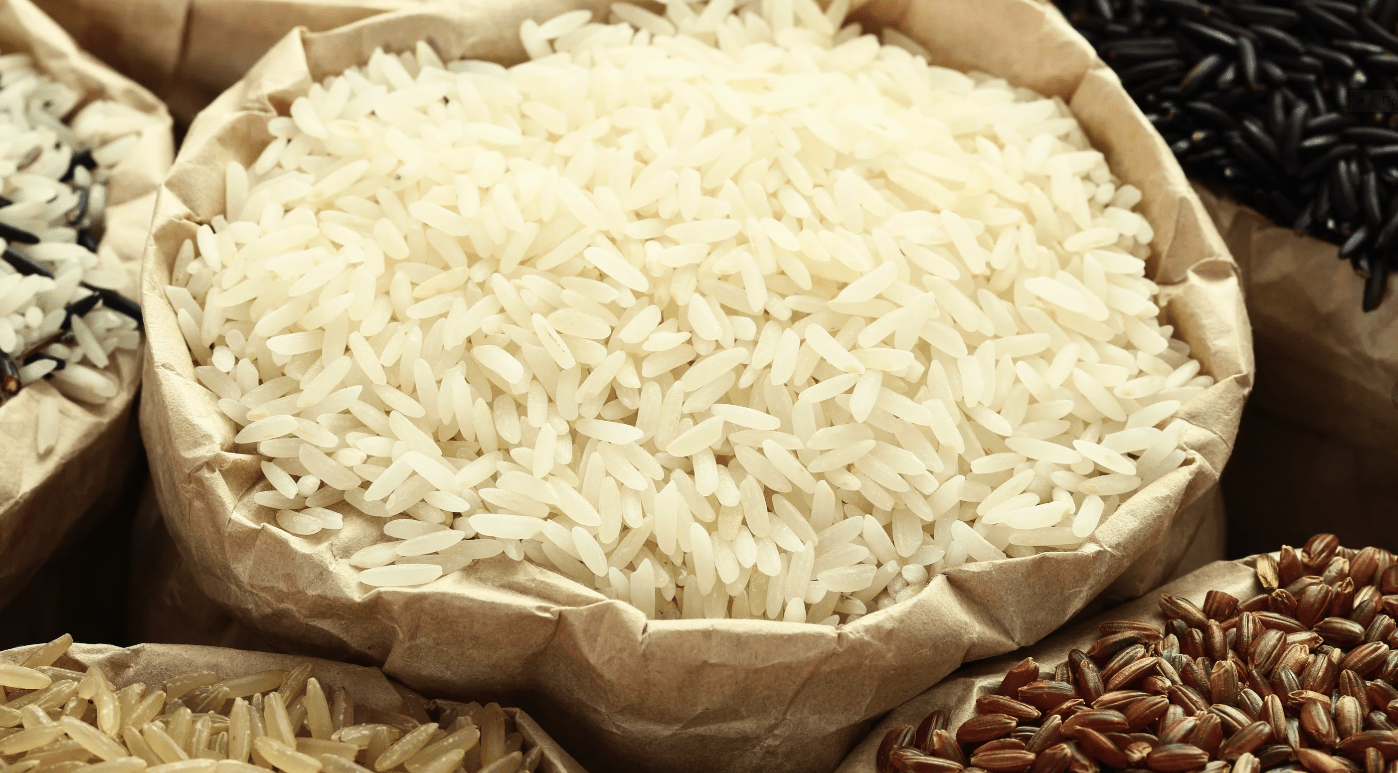
Thai rice faces to...
Source: China Daily Thailand needs to further develop high-quality rice varieties and boost production to meet the market demand and maintain the kingdom’s competitiveness in

Price of rice at J...
The average price for 5 kilograms of rice rose to ¥4,233 from ¥4,220 the previous week — more than double the level seen a year earlier. The average price of rice sold at

Indonesia’s rice r...
JAKARTA: Agriculture Minister Amran Sulaiman says that the government increased the national rice reserve to a record multi year-high of 3.5 million tonnes during the first four

India-Pakistan con...
India is the world’s biggest and Pakistan the fourth largest exporters of rice to import-reliant Southeast Asian nations. Hadi Azmi. The deepening conflict between India and

Malaysia warns Kas...
KUALA LUMPUR – Malaysia warned on May 7 that tensions between India and Pakistan could potentially disrupt rice imports to the heavily dependent South-east Asian nation,
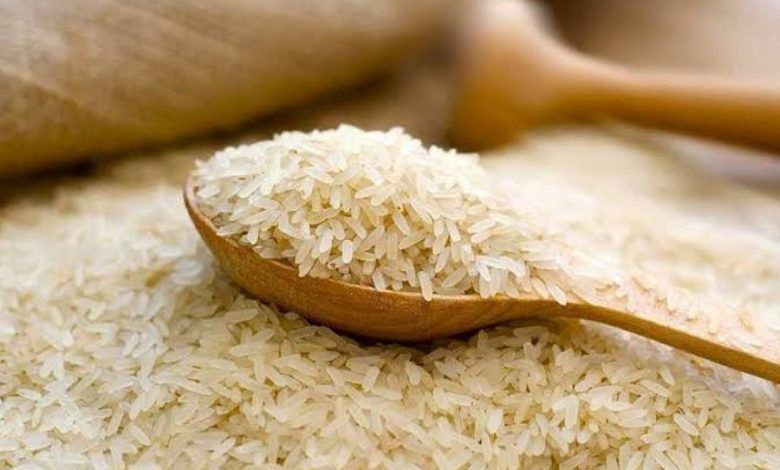
Nigeria Among Top ...
Opeyemi Owoseni. Nigeria is reaping the benefits of a global slump in rice prices, as international markets adjust to rising supply levels and the removal of export restrictions

PhilRice to up pro...
By The Manila Times. THE Philippine Rice Research Institute (PhilRice) has begun scaling up the production of two zinc-rich rice varieties, with the aim of addressing zinc
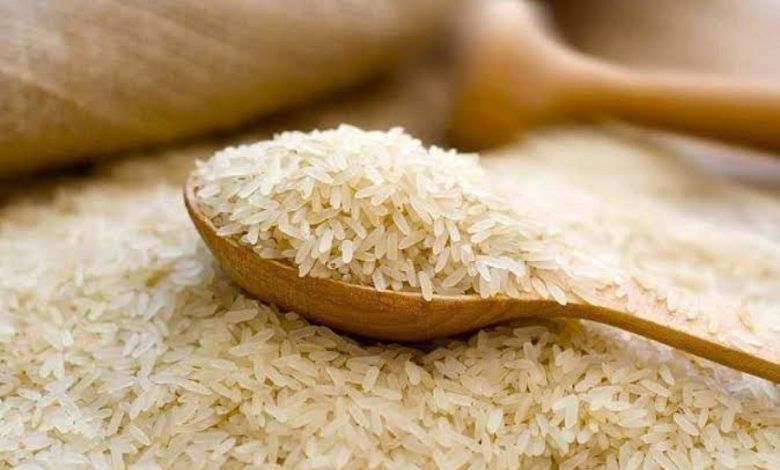
Nigeria Among Top ...
Opeyemi Owoseni Nigeria is reaping the benefits of a global slump in rice prices, as international markets adjust to rising supply levels and the removal of export restrictions by

Global Rice Prices...
By Reuters Global rice prices, which have tumbled to multi-year lows, are unlikely to fall further with top exporter India’s currency firming, but bulging Indian stockpiles
Featured Registered Companies
Statistics
Sustainable Rice
Farmers Place
Forex Rates
Open Market Forex Rates
Updated at:
From | ||
|---|---|---|
To | ||
| Countries | Currency | Spot Rate |
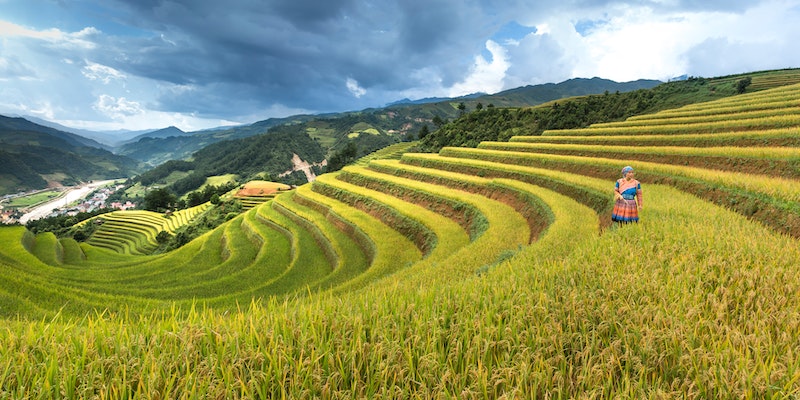
Enjoyed the read?
Join our monthly newsletter for helpful tips on how to run your business smoothly





